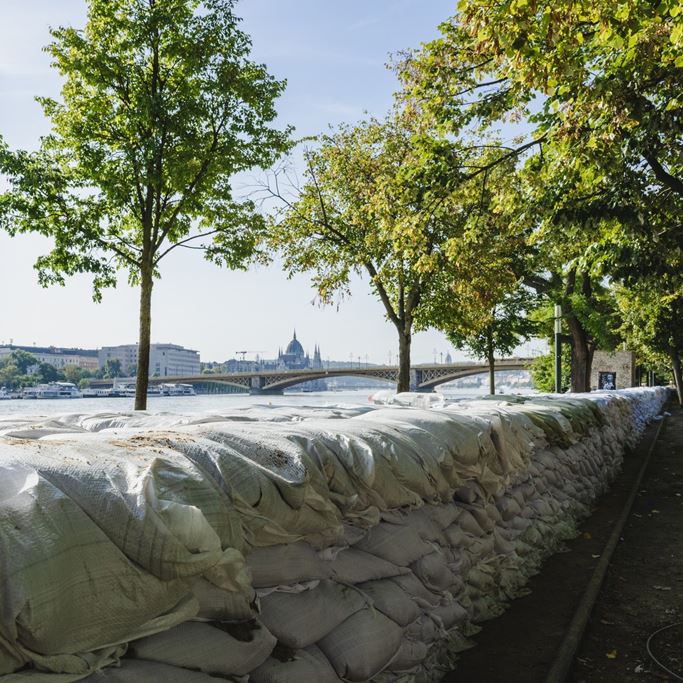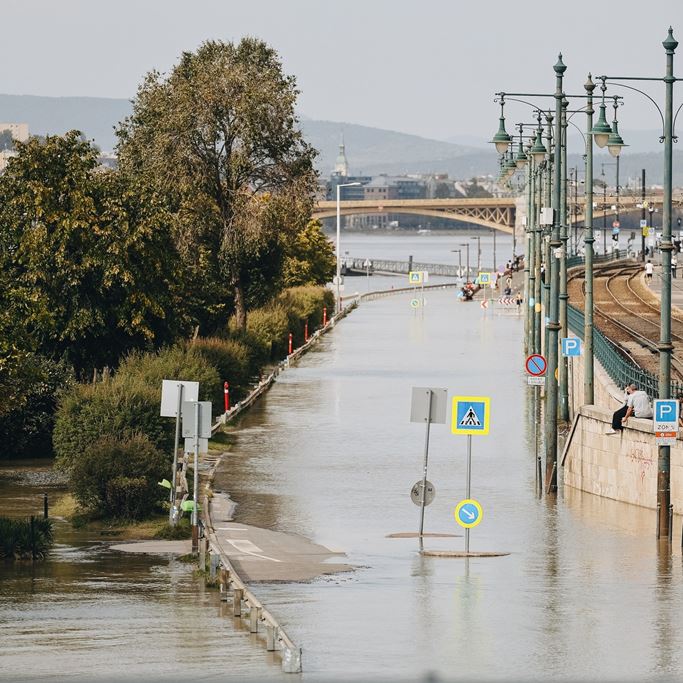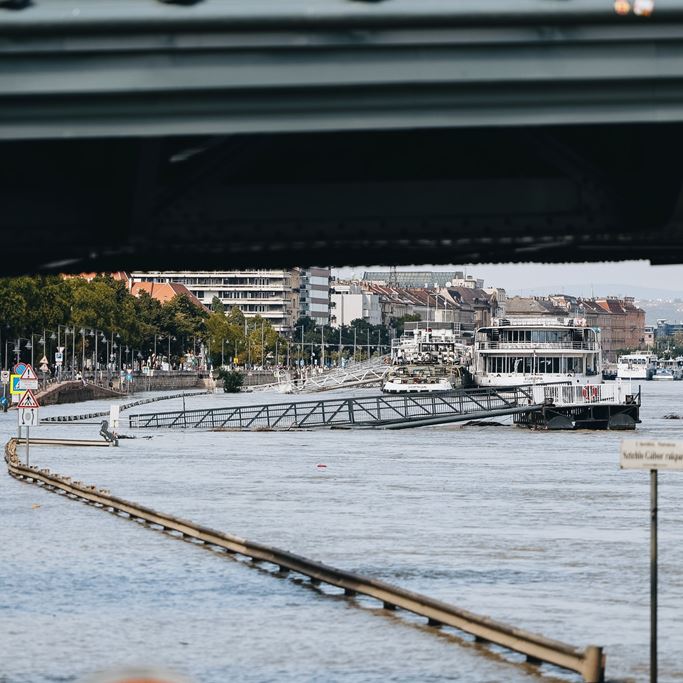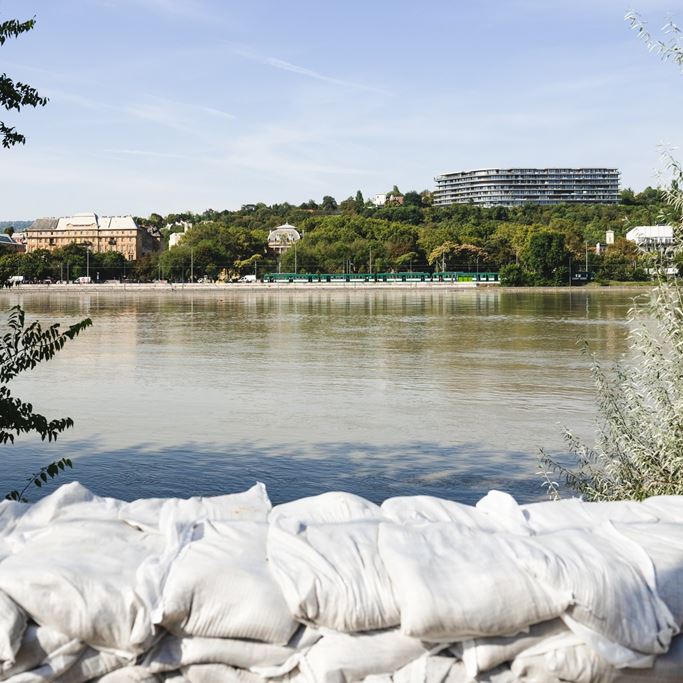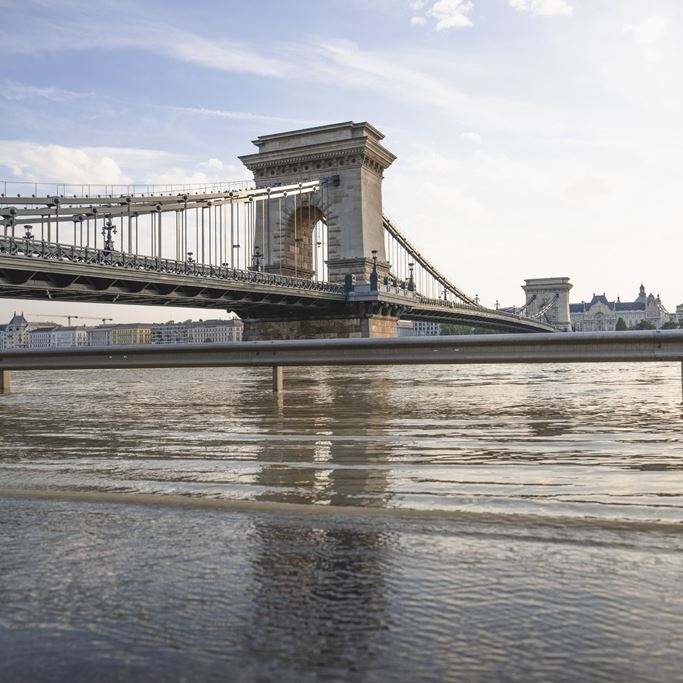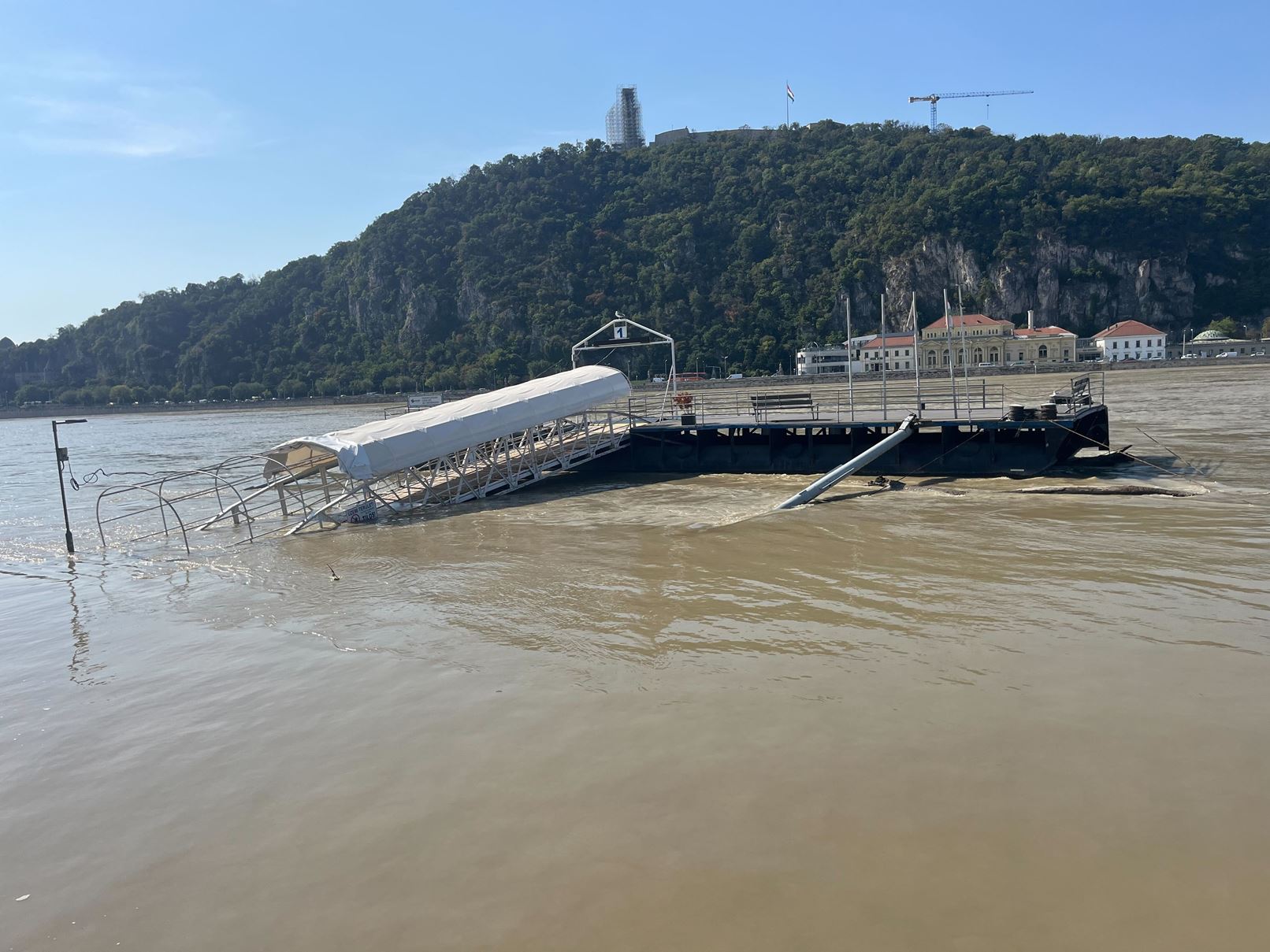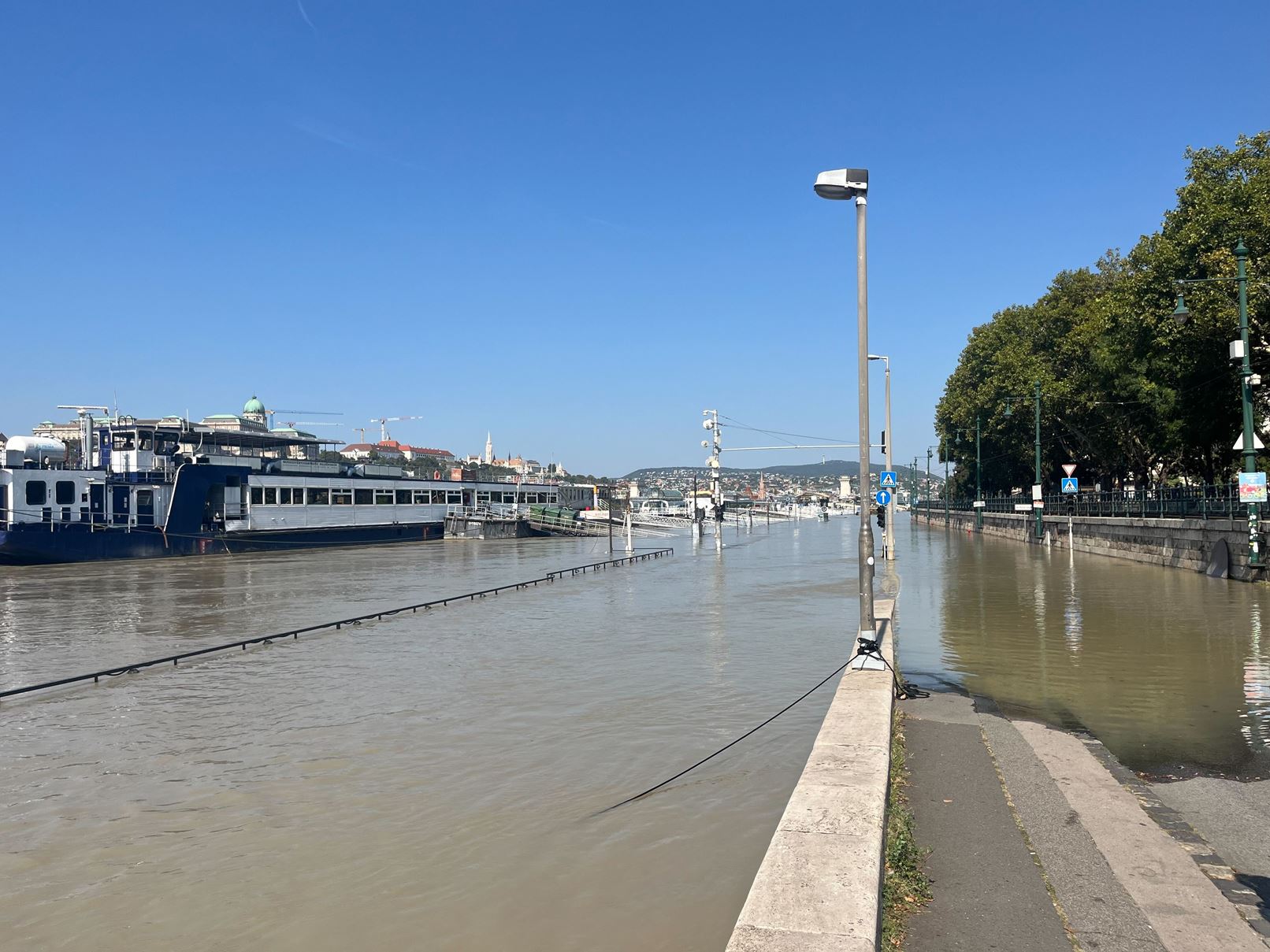Budapest metro station to close, flood situation is ‘serious’ – PHOTOS
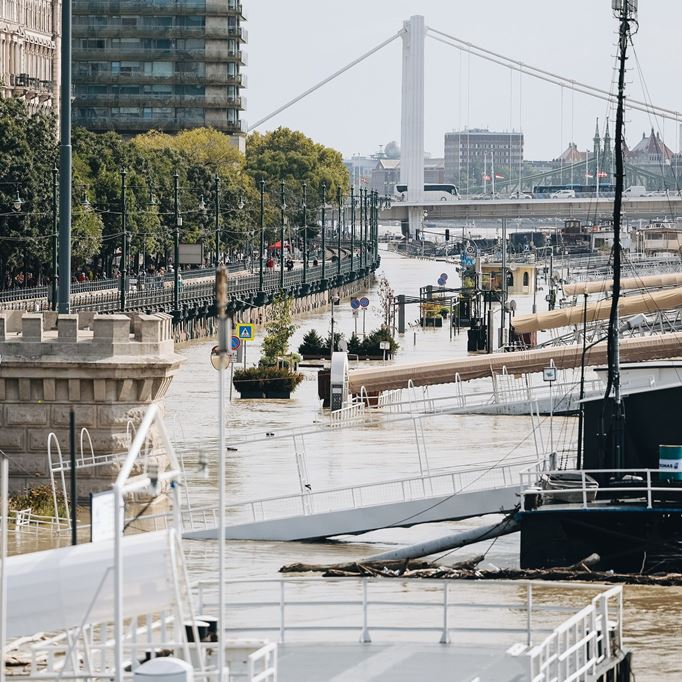
The Budapest Transport Centre announced multiple changes concerning the Hungarian capital’s public transport system due to the peaking Danube. The authorities will close a busy metro station, and modify tram routes nr 1, 4, and 6. PM Viktor Orbán said at a today press briefing that the situation is “serious”, but Hungary is safe. The capital’s mayor, Gergely Karácsony, wrote in a Facebook post that they prepared Budapest for a 9-metre-high peaking.
According to Szeretlek Magyarország, BKK closed the passenger underpass on Clark Ádám Square yesterday. Such closures would continue in the next few days as the water level rises. Trams nr. 4 and 6 will commute more frequently, like trams on line 1. However, from today, tram nr 2 will carry passengers on a shorter route: it will commute only between the Kossuth Lajos Square (where the Hungarian Parliament is) and the Jászai Mari Square.
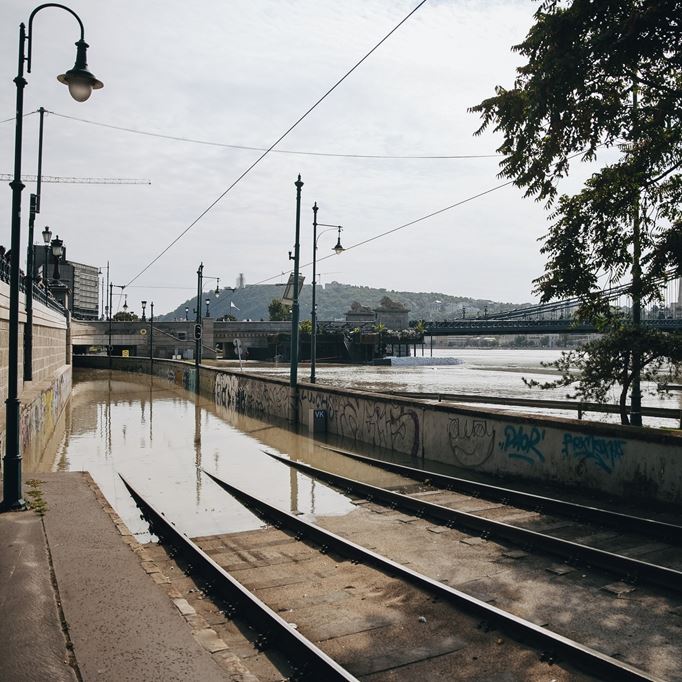
BKK said they would probably close the Battyány Square metro station on Friday. Metro trains will touch the station but will not stop there. Furthermore, authorities will place sandbags at the stairs of the H5 suburban railway underpass of the Batthyány Square and Margaret Bridge stations, so people will not be able to use them. Click HERE for additional traffic restrictions introduced because of the flood.
Mayor Karácsony warned potential ‘disaster tourists’
Gergely Karácsony, Budapest’s mayor, wrote in a Facebook post that they had prepared the city for a 9-metre-high peaking. He added that authorities finished 90% of the temporary dams and placed more than 500 thousand sandbags. Therefore, Budapest is ready for the peak.
Karácsony said they would like to protect the capital not only from the water but also from infections. Therefore, they increased the concentration of free chloride in the drinking water. It may happen that a further increase will be necessary later. Authorities began to operate a pump at the Buda side of the Chain Bridge. He also asked everybody not to get too close to the Danube. “No photo exists that is worth more than the people’s and Budapest’s safety”, he concluded.
According to infostart.hu, the Danube will peak in Budapest on Saturday at 850 cm, 41 cm lower than the 2013 level. However, the flood will only leave the country a week later. Thus, the dams will be under pressure for long. The peaking of the Danube already started in Nagybajcs at 850-855 cm. In 2013, that level was 908 cm. Gabriella Siklós, a spokeswoman for the General Directorate of Water Management, said a lot depends on how swiftly the snow would melt in Austria. For example, in Pozsony, the Danube is peaking for the second time.
PM Orbán: Hungary safe, despite ‘serious’ situation
Despite the seriousness of the flood, Hungary is safe, with sufficient equipment and manpower assigned to protection, Prime Minister Viktor Orbán told a press conference on Thursday. Defence lines have been raised to 9m on the full length of the protection area in Budapest, above the highest ever flood levels in the city, Orbán said. The weakest points, Margaret Island in the city centre and the neighbourhood of Batthyány Square on the Buda side, have also been fortified successfully, he said. Meanwhile, defence lines have been finished north of the capital in Dunabogdány and Tahitótfalu, and almost done at Leányfalu, Orbán said.
Sections of Road 2, leading north from Budapest along the Danube, will probably have to be closed on Friday, Orbán said. Kismaros, north of Budapest, was in a critical situation on Wednesday, but protection levels were on 100 percent there too, thanks to a deployment of the Armed Forces, he added. Barring unexpected events, the flood will leave Hungary with the Danube confined and kept between its barriers, Orbán said.
Stretch of areas under flood defence extended
The stretch of areas put under flood defence operations had to be extended, PM Orbán told a press conference on Thursday morning, on the seventh day of flood prevention in Hungary. The Danube is expected to recede slowly, he said, adding that no rain was in the forecast for the Austrian section of the river over the next seven days. The Danube is expected to peak on Thursday in the Dunaremete region, at Mosonmagyaróvár, in north-western Hungary, Orbán added.
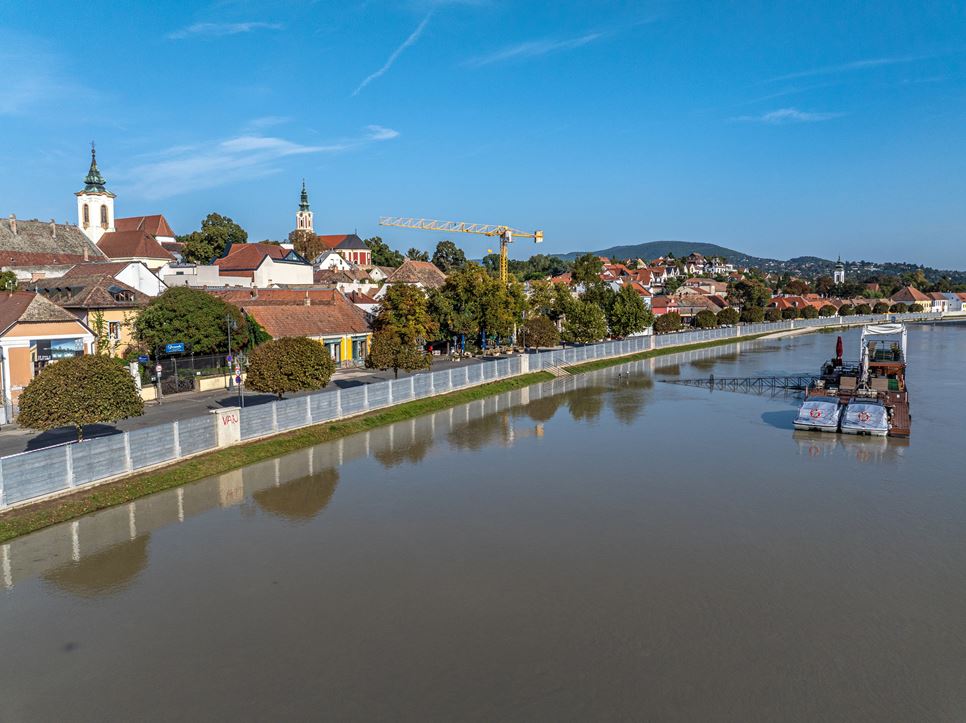
The Lajta (Leitha) river is expected to peak at Mosonmagyarovar on Thursday morning at a record water level, Orbán said. He said monitoring of the flood situation in Austria was continuous where the rivers were receding slowly. “It is important to keep an eye on slow receding because most flood damage occur during those periods,” he said. The stretch of areas put under flood defence operations has been extended by 70 kilometres, the prime minister said.
Peak flood expected to leave Hungary by mid-next week
The flood of the Danube is expected to peak in Budapest on Saturday night, and the brunt of the wave will pass Hungary by the middle of next week, PM Orbán told a press conference on Thursday. The river’s Budapest embankments could be open to traffic around the middle of next week, he said.
The number of professionals working in flood prevention in Budapest was raised to 5,828, along with 4,012 volunteers. The number of registered volunteers is 15,353,
Orbán said. “Hungary has learned flood protection during the previous floods, and professionals and volunteers know exactly what to do,” Orbán said.
Fidesz and KNDP parliamentary group meeting postponed due to the flood
The joint meeting of the parliamentary groups of the allied ruling Fidesz and Christian Democratic parties scheduled for next Tuesday and Wednesday has been postponed due to the flood situation, Fidesz’s group leader said. “The most important task for Hungary is to successfully defend against the floods, and government members and MPs have the obligation lend a hand,” Máté Kocsis said on Facebook on Thursday. “Everything else can wait until later,” he added.
PM Orbán: no extra flood spending was planned
Asked about EU assistance, the prime minister said that Hungary had activated the relevant mechanisms and Brussels had started to looking into possible ways to help. He said there was no time to wait for such assistance, adding that the task now was “to finish the job and earmark in advance the funds to cover flood defence expenses”. “And once the complicated procedures are concluded by Brussels and Hungary is not getting punished by not getting the help the country is due — because that is always a question in Brussels — then we will receive assistance.”
Asked about flood defence expenses, Orbán said no extra spending was planned, noting that the annual budget always contains allocations for unexpected situations. “Therefore,
there is no financial ceiling for flood defences, because the necessary resources are available for immediate payment,”
he said. Private companies employed by local authorities to help the defence efforts would also be paid through the usual channels, he said.
Asked about compensation payment for damage caused by the flood, he said its amount was to be assessed afterwards. The emergency reservoirs by the Leitha are privately owned farmlands, and the damage may include lost crops and damage to irrigation and other equipment, he said. Concerning wages in the water management sector, Orbán said those were extremely low compared with the tasks performed and pledged to regulate their wages in 2025 or 2026, over a period of 1-3 years.
Answering a question, he noted that since the great flood in 2013, the country’s flood defence system had been significantly improved with 150 billion forints (EUR 380.4m) worth of development projects completed. Calling each flood “a load test”, the prime minister said those always revealed missing components, noting that a mobile dam was most likely needed to be built at Kismaros in the Danube Bend.
Read also:
- Hungarian town cut off, free calls, mobile internet and motorway: flood news round-up with VIDEO HERE
- End of danger? Train service between Budapest and Vienna restarted!
Source:


